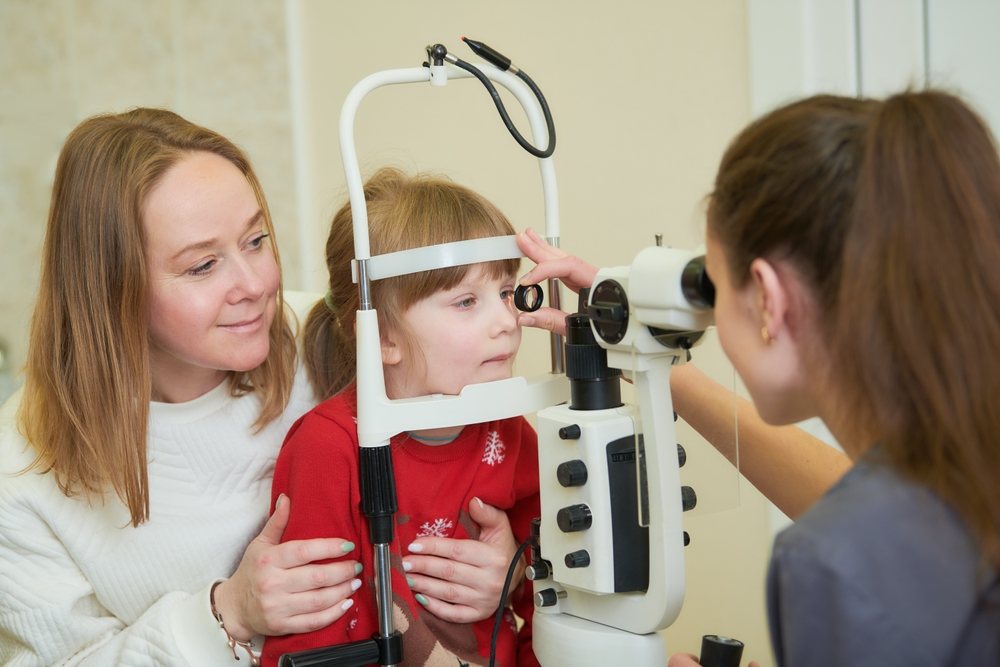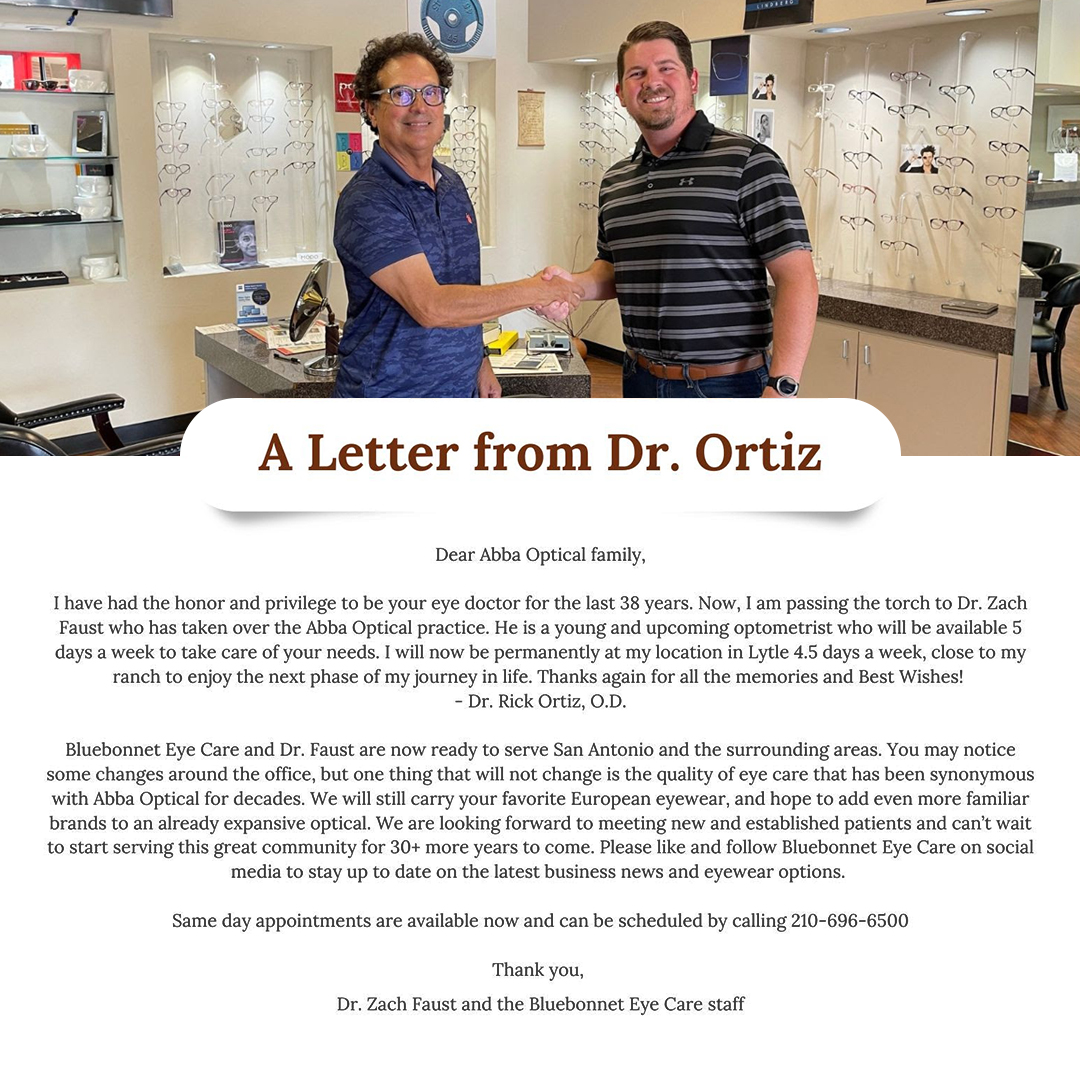
Signs Your Child Has Myopia
Myopia, also known as nearsightedness, is a refractive error in the eye where distant objects appear blurry while close-up objects are clear. This visual condition is caused by the eye's inability to properly focus light, resulting in images being focused in front of the retina instead of directly on it.
How Does Myopia Develop in Children?
Myopia typically develops during childhood and adolescence as the eye grows. As the eye elongates, the light entering the eye is focused in front of the retina, rather than directly on it, causing distant objects to appear blurry. Factors that can contribute to the development of myopia in children include:
• Genetics: Children with one or both parents who are nearsighted are at a higher risk of developing myopia.
• Excessive near-work activities: Spending too much time on close-up activities, such as reading, using digital devices, or playing video games, can strain the eyes and contribute to the progression of myopia.
• Lack of outdoor time: Studies have shown that children who spend less time outdoors and more time indoors are more likely to develop myopia.
The Importance of Regular Eye Exams for Kids
Regular eye exams are crucial for the early detection and management of myopia in children. Eye doctors can identify the onset of myopia and monitor its progression, allowing for timely intervention and treatment. Early detection is essential, as myopia can worsen over time and lead to more serious eye health issues if left untreated.
Signs of Myopia in Children
Recognizing the signs of myopia in your child is the first step in addressing the issue. Here are some common signs to look out for:
• Squinting or straining to see distant objects: Your child may squint or tilt their head when trying to focus on faraway objects, such as the blackboard at school or the TV across the room.
• Sitting too close to the TV or computer screen: If your child constantly needs to be right in front of the screen to see clearly, it could be a sign of myopia.
• Difficulty seeing the board at school: Your child may have trouble reading or copying information from the board, indicating a need for vision correction.
• Frequent headaches or eye strain: Myopia can cause eye fatigue, leading to headaches or discomfort after prolonged close-up activities.
• Frequent blinking or rubbing of the eyes: Your child may blink excessively or rub their eyes as a way to try to improve their vision.
The Role of Myopia Control
Myopia control refers to a range of strategies aimed at slowing down the progression of myopia in children and young adults, thereby reducing the risk of associated complications and preserving long-term eye health.
Several techniques have been developed for myopia control. One of the most widely used methods is orthokeratology (Ortho-K), a non-surgical procedure involving the use of specially designed gas-permeable contact lenses worn overnight. These lenses temporarily reshape the cornea, allowing clear vision during the day without the need for glasses or contact lenses.
Another approach to myopia control is the use of specialized multifocal soft contact lenses or spectacles. These lenses have different zones with varying focal powers that can help manage the way light enters the eye, thereby reducing the progression of myopia. Multifocal lenses are designed to correct the refractive error while simultaneously creating a defocused image in the peripheral retina, which has been shown to reduce the stimulus for the eye to elongate.
Additionally, low-dose atropine eye drops have gained popularity as an effective pharmacological intervention. Atropine, commonly used in eye care for other purposes, has been found in low concentrations to significantly slow myopia progression with minimal side effects.
Schedule Your Child’s Eye Exam with Bluebonnet Eye Care Today
Recognizing the signs of myopia in your child is crucial for their visual development and long-term eye health. By understanding the causes of myopia, the importance of regular eye exams, and the steps you can take to prevent its progression, you can help your child maintain clear and comfortable vision throughout their formative years.
If you have concerns about your child's vision or suspect they may be developing myopia, schedule an eye exam with Bluebonnet Eye Care. Contact our office in San Antonio, Texas, by calling (210) 696-6500 to book an appointment today.











